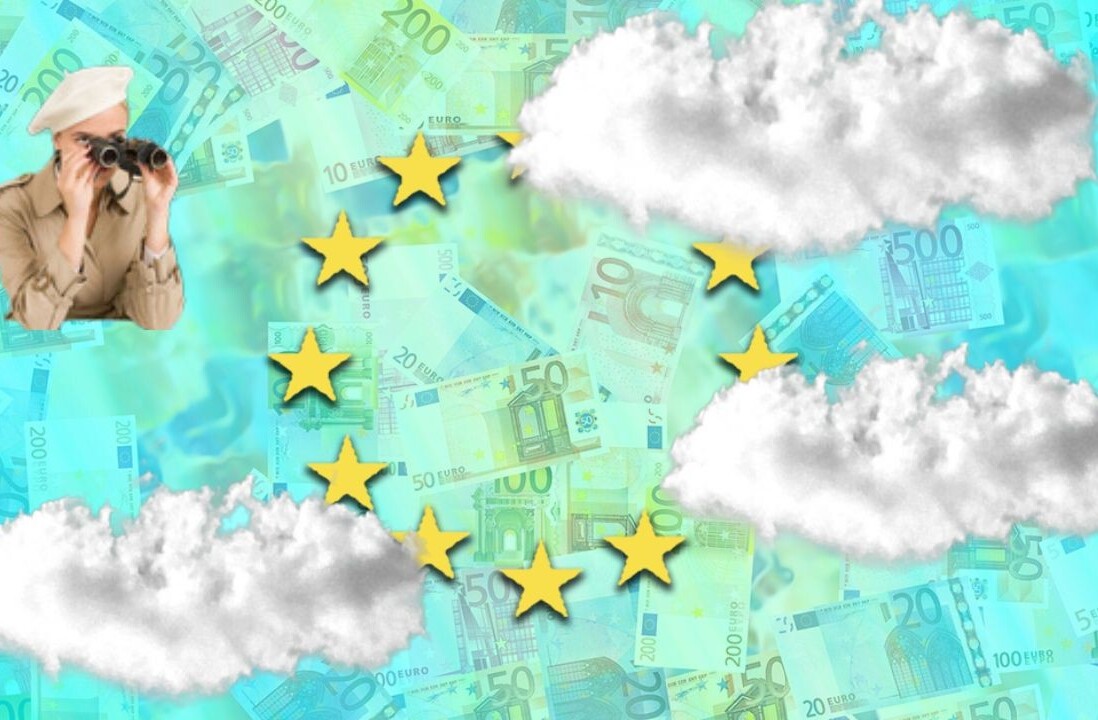
As a follow up to my “7 Types of Entrepreneurs; which one are you?” post from yesterday I thought I’d look into business models once more.
One of the most popular questions for startups online (and even major ones like Twitter and Facebook) is ‘what is your business model’. Sometimes the question is sincere but often it is voiced more like an accusation: what is the hell is their business model anyway?
The interesting thing about business models is that there is not much magic involved. Business models are pretty much set and all you have to do really is apply one of them to your business. The trick of course is to pick the right one. Or a combination of models.
These business models aren’t exactly new either. I wrote about them a few years ago in a post titled “The 9 Business Models of the Web“. The subject never gets old though so I’ve decided to repost the information again today.
The business model structure I’m talking about has been researched by Professor Michael Rappa, director of theInstitute for Advanced Analytics at North Carolina State University. He wrote a document titled Business Models on the Web which describes all the business models you need. Here they are:
Brokerage
Brokers are market-makers: they bring buyers and sellers together and facilitate transactions.
Advertising
The web advertising model is an extension of the traditional media broadcast model. The broadcaster, in this case, a web site, provides content (usually, but not necessarily, for free) and services (like email, IM, blogs) mixed with advertising messages in the form of banner ads.
Infomediary
Independently collected data about producers and their products are useful to consumers when considering a purchase. Some firms function as infomediaries (information intermediaries) assisting buyers and/or sellers understand a given market.
Merchant
Wholesalers and retailers of goods and services. Sales may be made based on list prices or through auction.
Manufacturer (Direct)
The manufacturer or “direct model”, it is predicated on the power of the web to allow a manufacturer (i.e., a company that creates a product or service) to reach buyers directly and thereby compress the distribution channel.
Affiliate
In contrast to the generalized portal, which seeks to drive a high volume of traffic to one site, the affiliate model, provides purchase opportunities wherever people may be surfing. It does this by offering financial incentives (in the form of a percentage of revenue) to affiliated partner sites.
Community
The viability of the community model is based on user loyalty. Users have a high investment in both time and emotion. Revenue can be based on the sale of ancillary products and services or voluntary contributions; or revenue may be tied to contextual advertising and subscriptions for premium services.
Subscription
Users are charged a periodic – daily, monthly or annual – fee to subscribe to a service.
Utility
The utility or “on-demand” model is based on metering usage, or a “pay as you go” approach.
If you want more details about each model they are explained in detail on Rappa’s site. As you can imagine you can combine any of these models and vary slightly to make new models. But this is a nice list to get started with.
So what models do you use? What models could apply to Twitter and Facebook?
Here are 6 business technology trends for 2016
Get the TNW newsletter
Get the most important tech news in your inbox each week.





